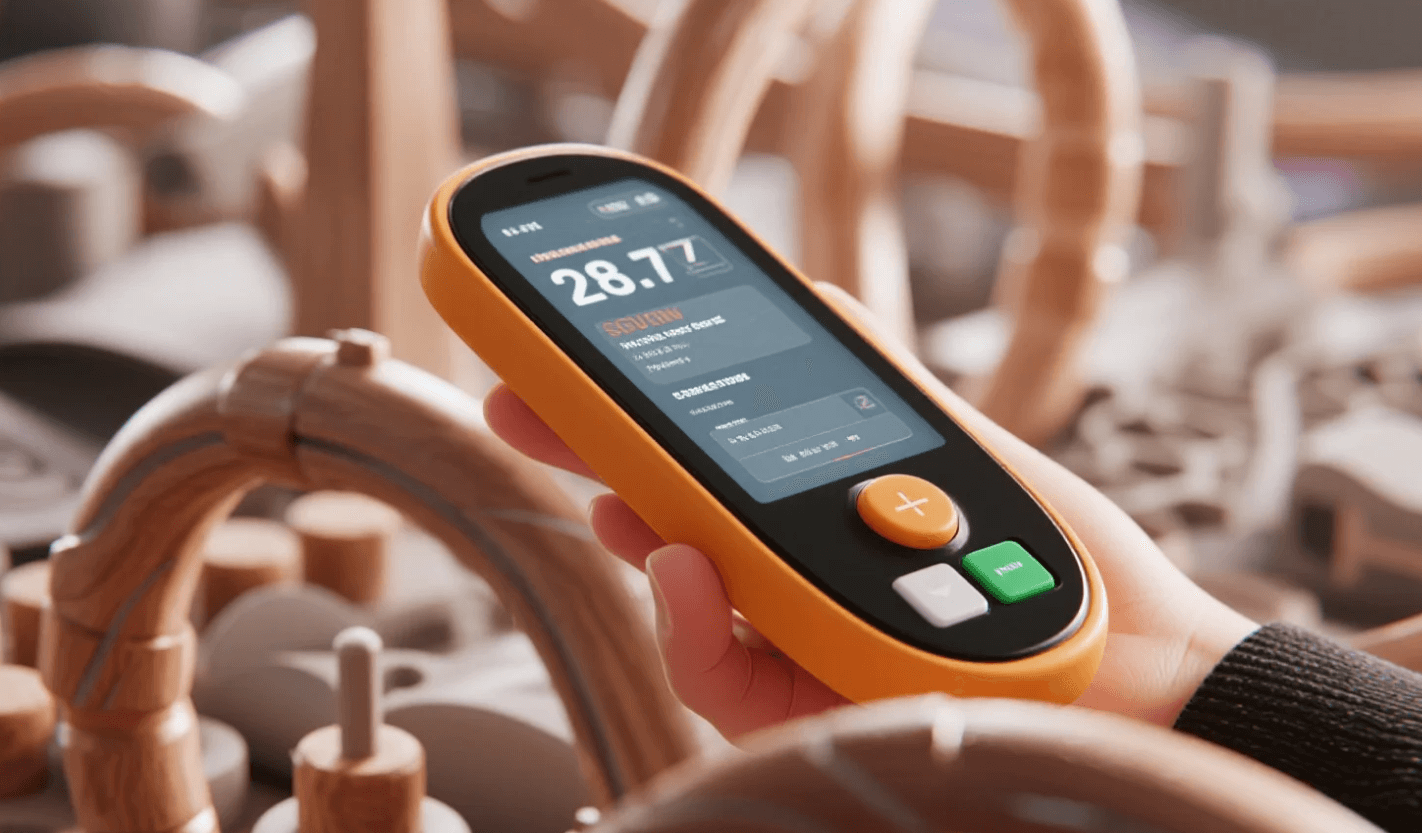In the competitive and unpredictable world of procurement, supply chain managers are constantly seeking strategies to reduce risks while ensuring cost efficiency. One approach that has gained attention is parallel sourcing—a procurement method that combines elements of both single and multiple sourcing models. This hybrid strategy provides flexibility, maintains supplier competition, and minimizes the risk of supply disruptions.
By understanding parallel sourcing, procurement professionals can make better decisions that align with their organization’s long-term goals.
Understanding Parallel Sourcing

Parallel sourcing is a procurement strategy where a company works with multiple suppliers for the same type of product but assigns each supplier to different models, regions, or product lines. Unlike single sourcing (one supplier) or multiple sourcing (many suppliers for the same product), parallel sourcing splits production in a structured way.
For example, an automotive manufacturer may have Supplier A produce certain engine components for Model X, while Supplier B produces similar components for Model Y. Both suppliers have overlapping capabilities, so if one fails, the other can adapt to cover the gap.
Key Features of Parallel Sourcing
Several characteristics make parallel sourcing unique in the procurement field:
Supplier Redundancy Without Full Duplication
Unlike full multiple sourcing, not all suppliers produce identical products at the same time, which helps control costs while maintaining backup options.
Controlled Competition
Suppliers are aware of the presence of other vendors, which encourages competitive pricing and higher quality standards.
Flexibility in Switching
If one supplier experiences a delay or quality issue, orders can be shifted to another supplier with minimal lead time.
Balanced Risk and Efficiency
Parallel sourcing reduces the over-reliance risk found in single sourcing and the complexity of full multiple sourcing.
Advantages of Parallel Sourcing in Procurement

The main reasons procurement professionals consider parallel sourcing include:
Risk Mitigation
Since production is split between suppliers, operational risk is reduced. Disruptions such as strikes, political instability, or natural disasters at one supplier have less impact.
Supplier Development
Working with a limited set of suppliers allows companies to build strong relationships while maintaining competitive tension.
Cost Control
Parallel sourcing prevents suppliers from gaining excessive bargaining power, keeping prices competitive.
Quality Assurance
By comparing output from different suppliers, procurement teams can monitor quality standards more effectively.
Challenges of Parallel Sourcing
Despite its benefits, parallel sourcing also has potential drawbacks:
-
Complex Coordination – Managing production schedules, quality control, and logistics for multiple suppliers can be challenging.
-
Higher Initial Setup Costs – It may require more investment in supplier onboarding and alignment.
-
Possible Information Leakage – When similar designs are shared with multiple suppliers, intellectual property risks may increase.
When to Use Parallel Sourcing in Procurement
Parallel sourcing is especially effective in industries where:
-
High product reliability is critical (e.g., aerospace, automotive, electronics).
-
Market demand fluctuates and flexibility is needed.
-
Supplier risk is high due to political, economic, or logistical instability.
For instance, in electronics manufacturing, parallel sourcing ensures production continuity even when one supplier faces raw material shortages.
Best Practices for Implementing Parallel Sourcing
Supplier Selection Criteria
Choose suppliers with overlapping capabilities, stable financial health, and proven delivery performance.
Contract Clarity
Contracts should clearly define volume allocations, contingency plans, and quality expectations.
Communication & Transparency
Regular updates between procurement teams and suppliers prevent misalignment and delays.
Data-Driven Decision-Making
Use procurement analytics to monitor performance and shift allocations when necessary.
The Future of Parallel Sourcing in Global Procurement
With global supply chains facing geopolitical tensions, logistics bottlenecks, and increasing customer expectations, parallel sourcing offers a balanced approach to supplier management. Companies are expected to integrate digital procurement tools and AI-driven analytics to optimize supplier allocation in real time.
Conclusion
Parallel sourcing stands out as a practical and balanced approach to procurement strategy. It blends the stability of single sourcing with the flexibility of multiple sourcing, giving businesses the tools to manage risk, control costs, and maintain supply chain resilience. While it requires careful planning and supplier coordination, the long-term benefits often outweigh the initial complexities—especially in industries where supply reliability is critical.
FAQ
Q1: How is parallel sourcing different from dual sourcing?
Dual sourcing involves using two suppliers for the exact same product simultaneously, while parallel sourcing splits suppliers by model or region but maintains overlapping capabilities.
Q2: Is parallel sourcing costlier than single sourcing?
In the short term, yes, due to supplier management costs. However, it can save money in the long term by avoiding expensive supply disruptions.
Q3: What industries benefit most from parallel sourcing?
Automotive, aerospace, electronics, and industries with high product reliability requirements benefit the most.
Q4: Can small businesses use parallel sourcing?
Yes, but they should ensure the added coordination cost is justified by the risk reduction benefits.













